What is the Pre Trip Inspection Checklist form?
The Pre Trip Inspection Checklist form is a document used by drivers to ensure that their vehicle is safe and roadworthy before beginning a trip. It covers various aspects of the vehicle, including the engine, brakes, lights, tires, and other crucial safety features. By completing this checklist, drivers can identify any potential issues that may affect their safety or that of other road users.
Who should fill out the Pre Trip Inspection Checklist?
This checklist should be filled out by any driver operating a commercial vehicle, whether a truck, bus, or any other form of fleet transportation. It's not just for professional drivers; anyone who operates a vehicle that falls under regulations requiring safety inspections is encouraged to use the form. Completing it helps promote road safety and compliance with federal and state regulations.
How often should the Pre Trip Inspection Checklist be completed?
The Pre Trip Inspection Checklist should be completed every time a driver prepares to take a trip with a commercial vehicle. Consistency is key. Regular inspections before each trip help ensure that any maintenance or repair issues are addressed promptly, reducing the likelihood of breakdowns or accidents on the road.
What happens if a driver finds an issue during the inspection?
If a driver discovers any issues during the inspection, those problems should be documented on the checklist. The driver should then report these findings to a supervisor or maintenance department before proceeding. Depending on the severity of the issue, the vehicle may need to be repaired or serviced before it can safely be operated. Safety should always be the top priority.
Is there a legal requirement to complete the Pre Trip Inspection Checklist?
Yes, federal regulations require commercial drivers to conduct and document inspections before their trips. The Federal Motor Carrier Safety Administration (FMCSA) mandates that drivers of commercial motor vehicles perform pre-trip inspections to ensure compliance with safety standards and procedures. Not completing the checklist can lead to legal repercussions, including fines or penalties, and it increases the risk of accidents due to vehicle malfunctions.

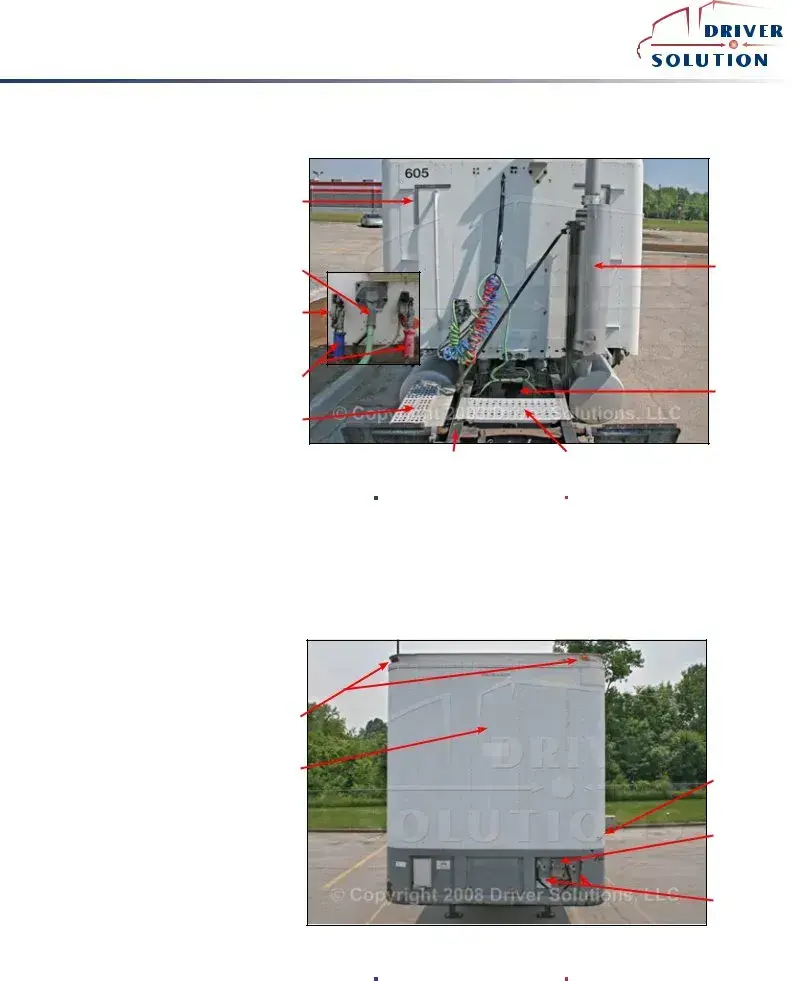
 ®
®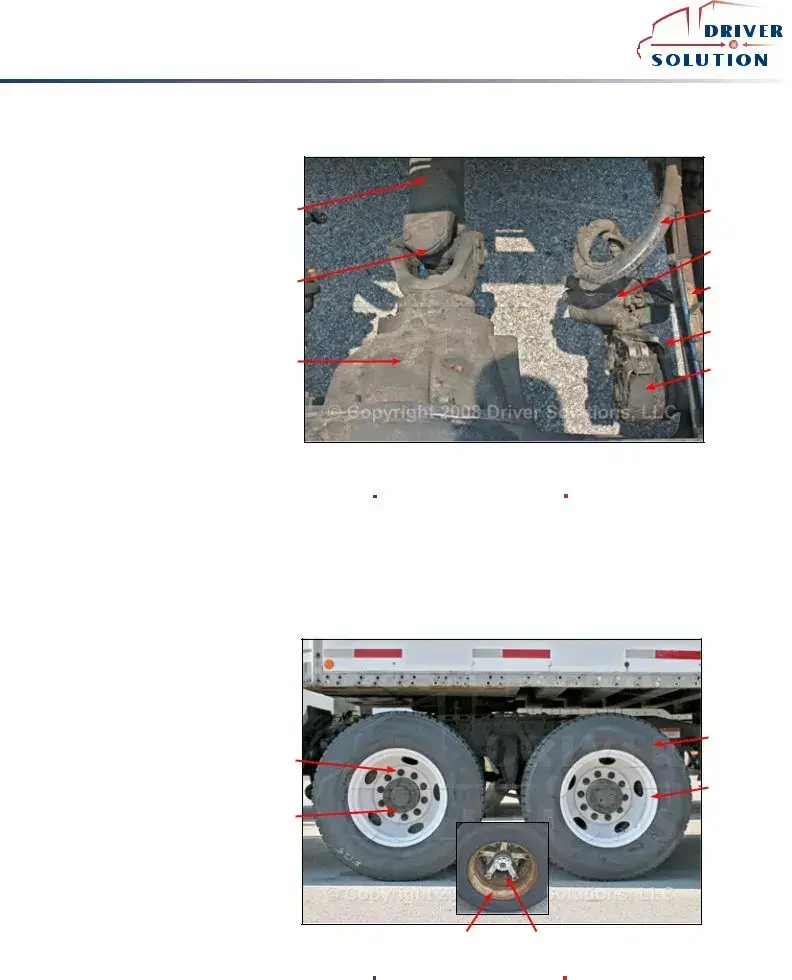
 ®
®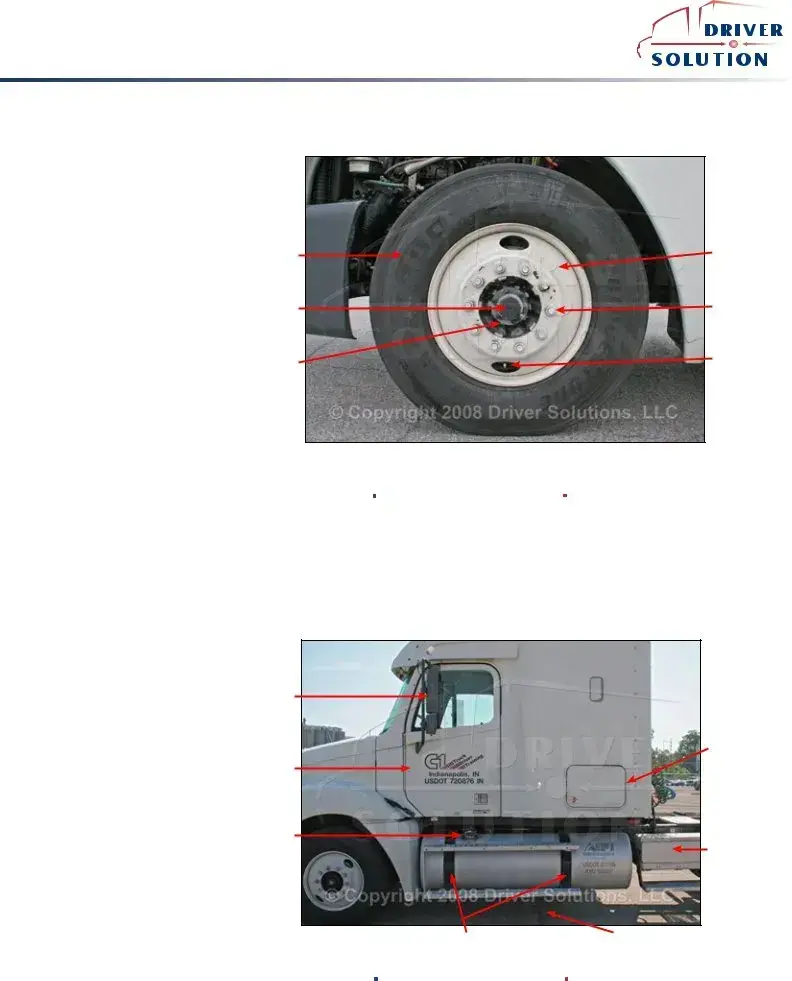
 ®
®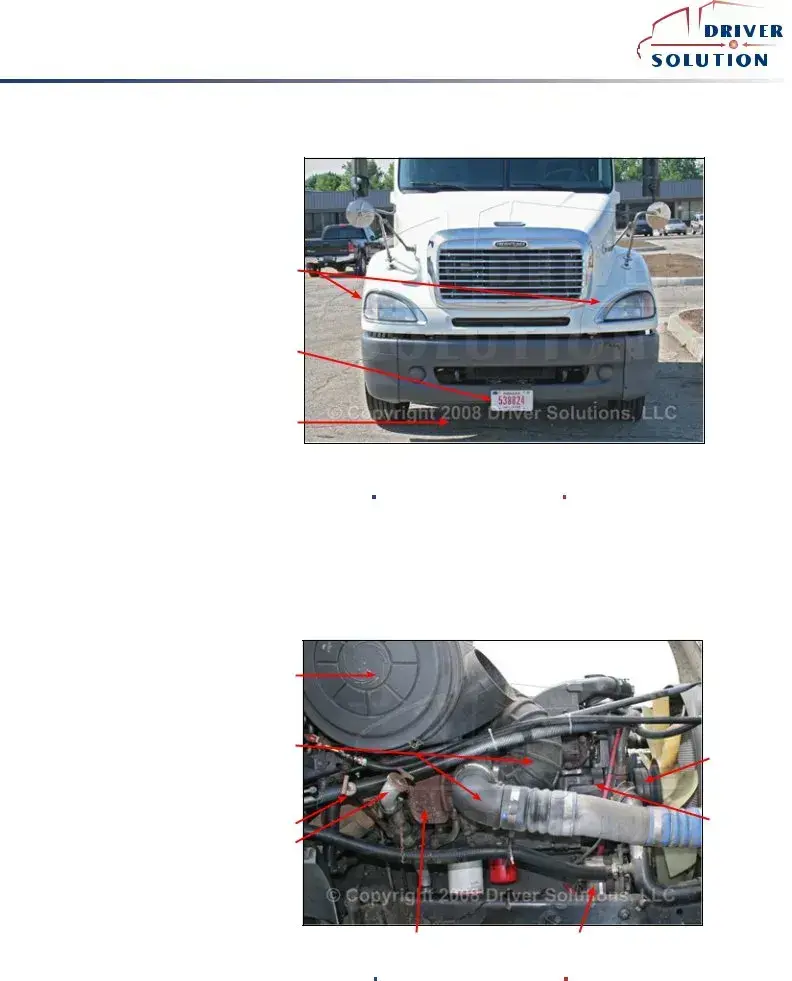
 ®
®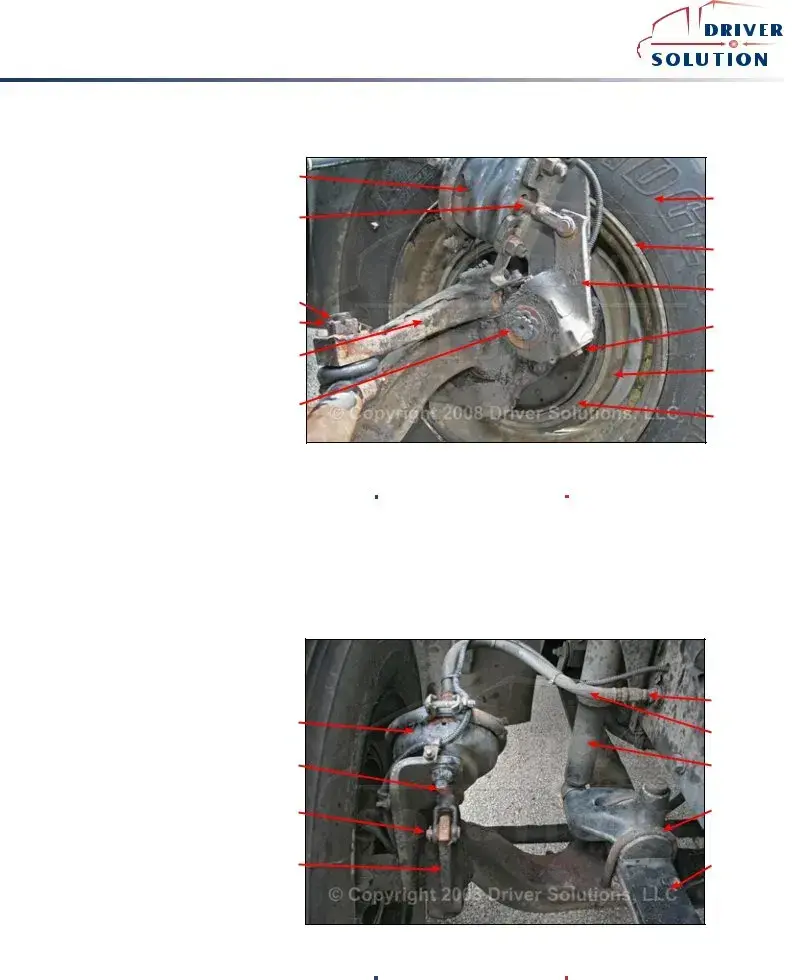
 ®
®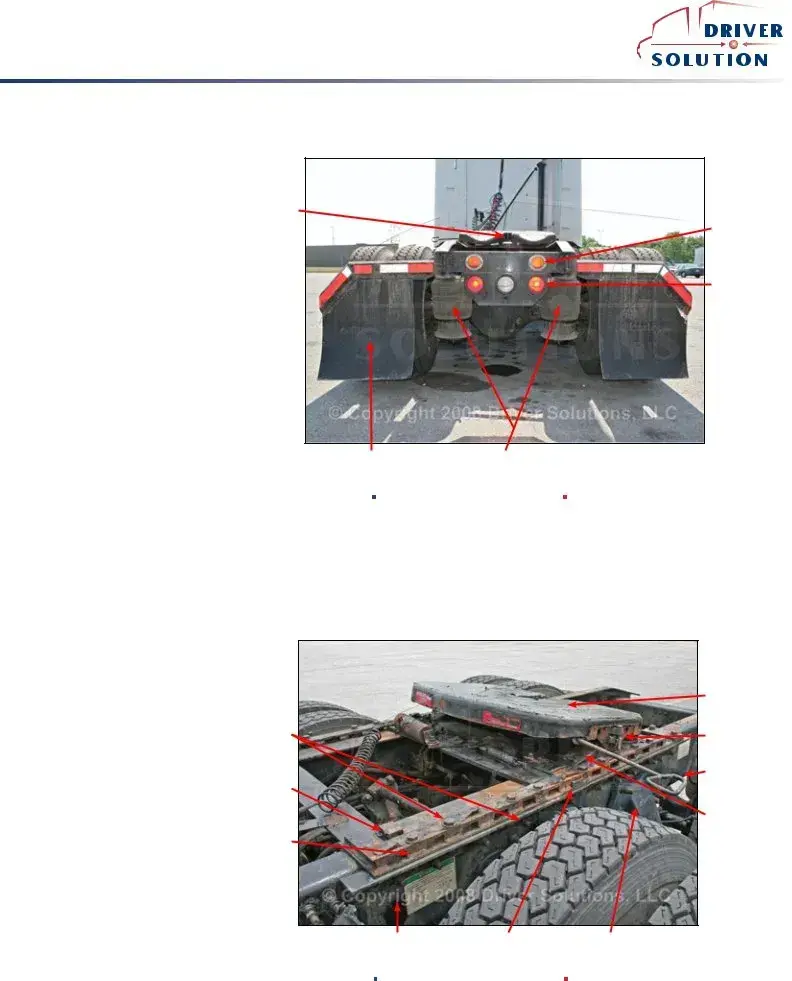
 ®
®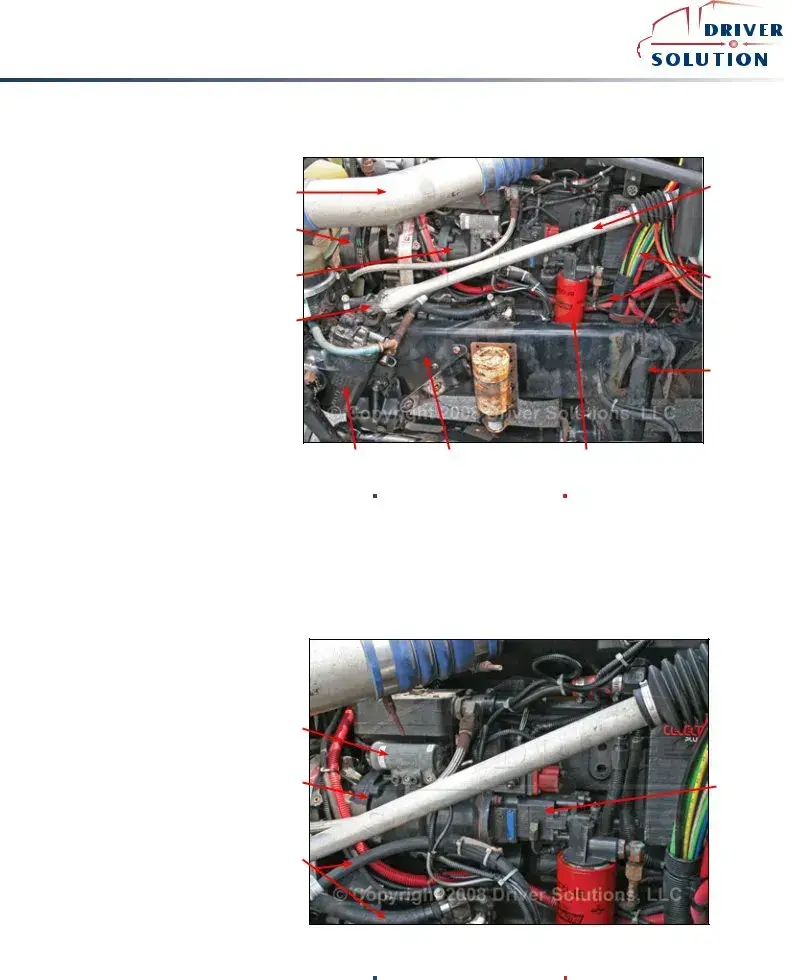
 ®
®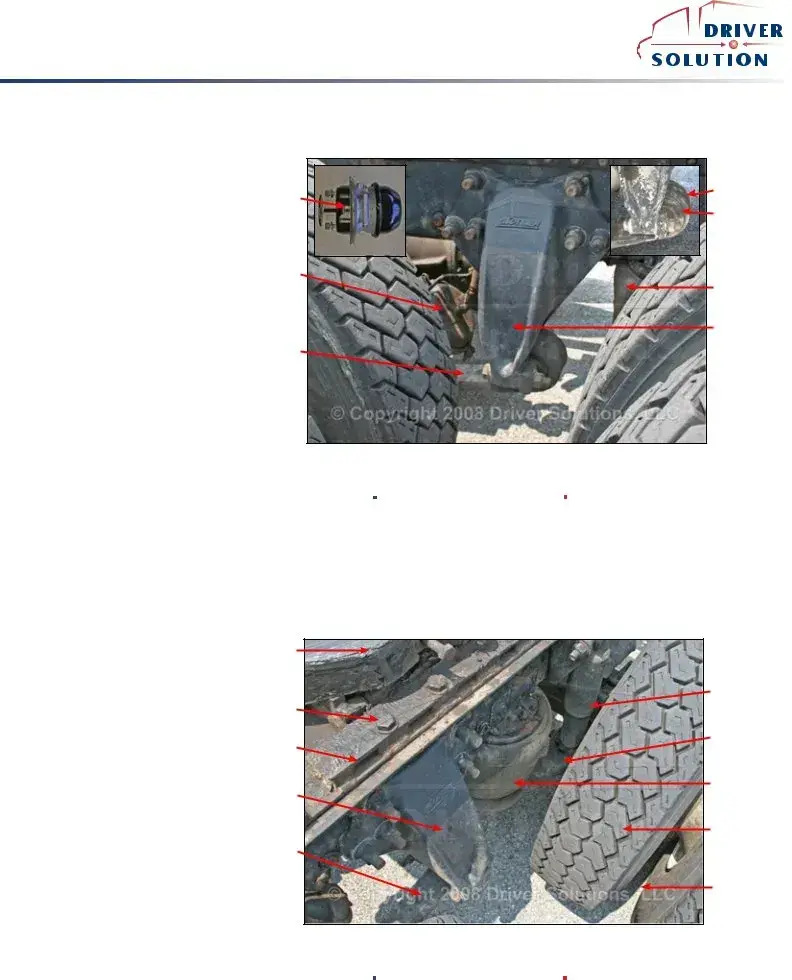
 ®
®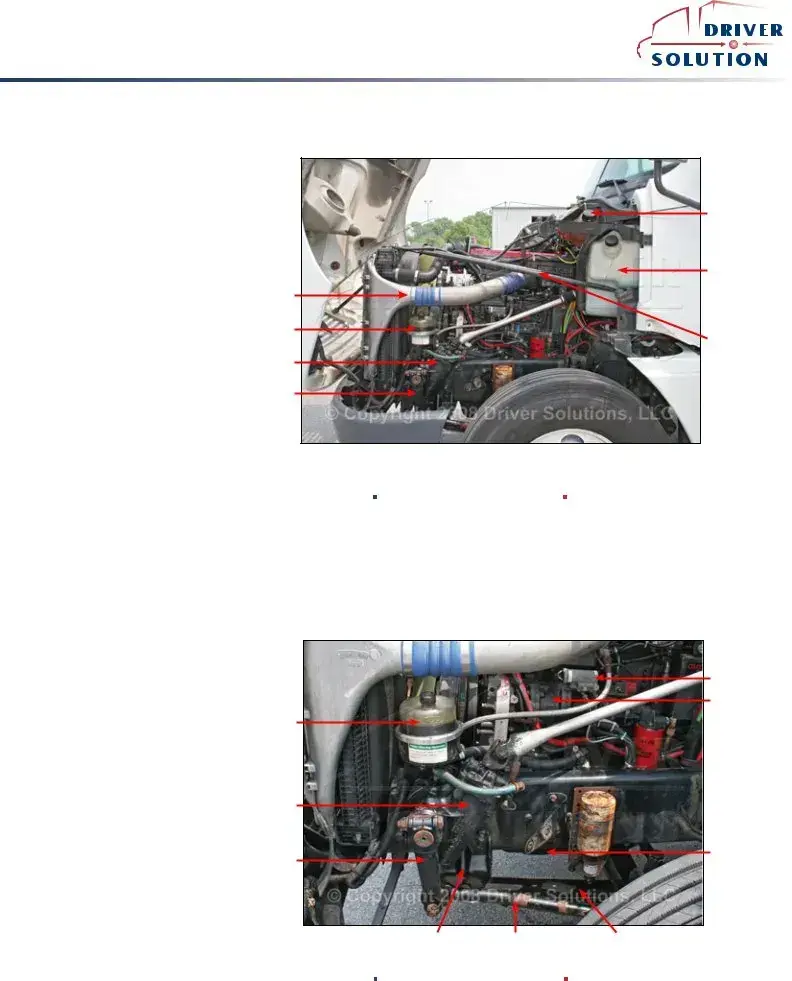
 ®
®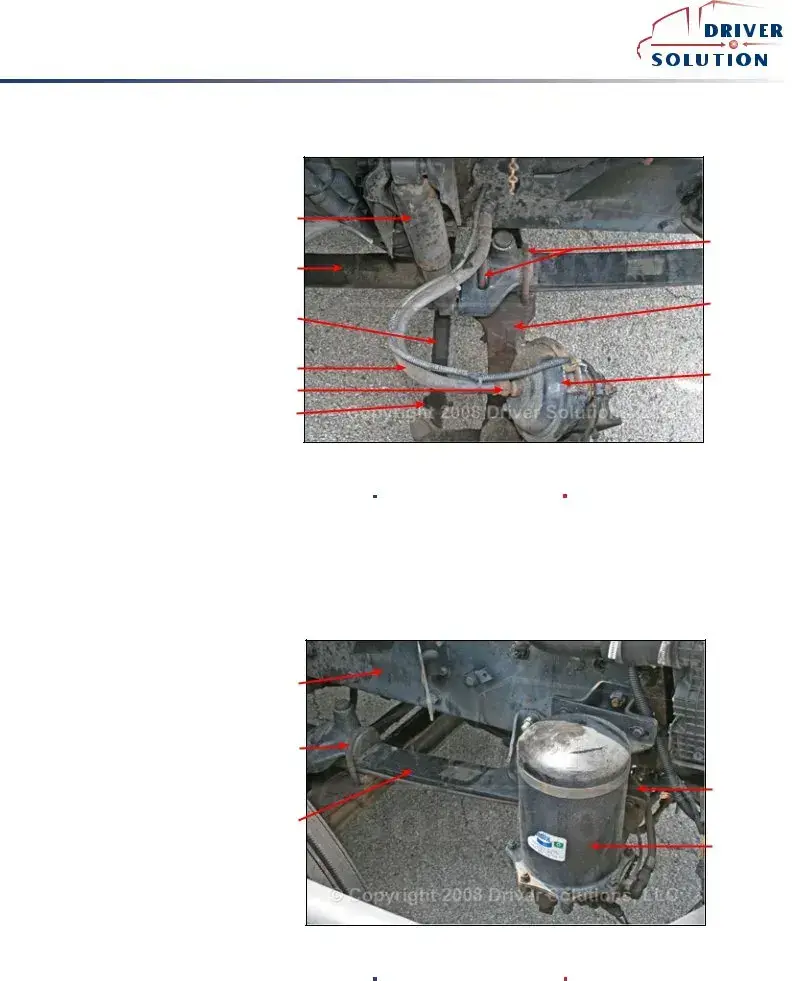
 ®
®